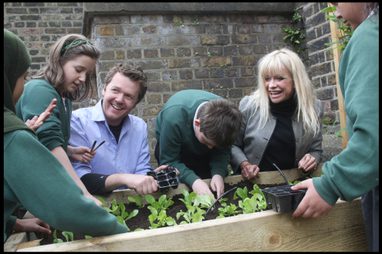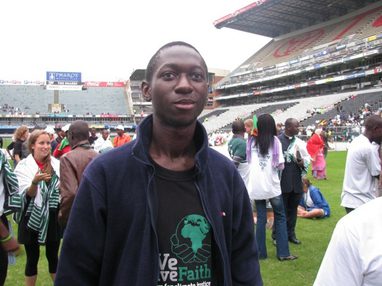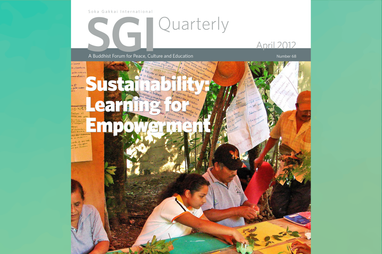SGI Quarterly

Cardiela Amézcua Luna is a teacher, choreographer and dancer who works as an environmental educator using culture to build sustainable communities in rural and indigenous areas of Mexico.

Using arts and the Earth Charter as learning tools in the Náhuatl indigenous community of La Ticla, Michoacán, Mexico
[Photo credit: Kamal Gonzalez]
Since 2000, the Planeta Tres Consultores Civil Society has been engaged in projects aimed at developing sustainable communities by promoting environmental education through the arts, local culture and nature conservation awareness. We work with children, youth, women, vulnerable people and indigenous communities in Mexico and other countries of Latin America and Europe.
In 2003, Mateo Castillo, Earth Charter International Council member in Mexico, requested my husband Ramón Merino, an artist and designer, to design the presentation of the Earth Charter in Mexico. The Earth Charter transformed our lives significantly. We implemented the Charter’s principles in our education agenda and community projects, and created “Environmental education through the arts and the Earth Charter,” which is a methodology for projects aimed at creating a sustainable future of hope, equity, justice and peace.
We have seen the flowering of more than 30,000 children and youth who have participated in workshops in more than 15 Mexican cities and more than 100 communities, including those of the P’urhépecha, Náhuatl, Mazahua, Otomí, Huichol and Maya people. These workshops planted in the hearts of participants the seeds of principles and values for a meaningful and proud life.
The Earth Charter provides a foundation for the achievement of a common dream. Participants have become more aware of their legacy. Also, they have acquired a critical and creative way of thinking that they can use to discern harmful practices that lead to domestic violence, environmental pollution or indiscriminate logging.
This has not been easy, since it implies a profound change that generates controversy. However, many children and youth are now more capable of expressing what they want to change individually and collectively in order to create a better world. United, they are creating a spiral of new possibilities for the future.
Our ancestors’ wisdom teaches us that we are part of a whole and nothing belongs to us.
The Mexican context has changed over the last five years. Offering community workshops used to be pleasant and delightful—now, we risk our lives. But this makes it even more meaningful to offer creative and hopeful experiences to children and youth who feel their lives are clouded by crime, poverty and lack of educational alternatives and dignified jobs. Now, more than ever, we must persevere.
Many of our former workshop participants are now pursuing sustainable development or arts programs at college, and are still collaborating with us. There are several environment and culture conservation projects for youth based on our workshops and programs. The Juatarhu Youth Forestry Brigade received the Michocán State Award for Youth Excellence in Environmental Action in recognition of a reforestation initiative through which 35,000 trees were planted in the Lake Pátzcuaro area. We have been selected as a model project promoting education for sustainable development by the international consortium “We Value.”
In 2011, the Michoacán State Education Department invited us to coordinate a certificate program on the Earth Charter and environmental education through the arts aimed at state elementary school teachers. Twenty-seven participants completed the program and were certified. Now they are conducting 22 environmental education projects based on our methodology that will directly impact more than 250,000 children and youth at the elementary school level and their communities.
The basis of our initiatives is the awareness that life is interconnected. Our ancestors’ wisdom teaches us that we are part of a whole and nothing belongs to us. Thus, our starting point lies in respecting and cherishing the community of life as a whole. We are on the same path as the fireflies—working together to enable the Earth to flower.
Related Content


